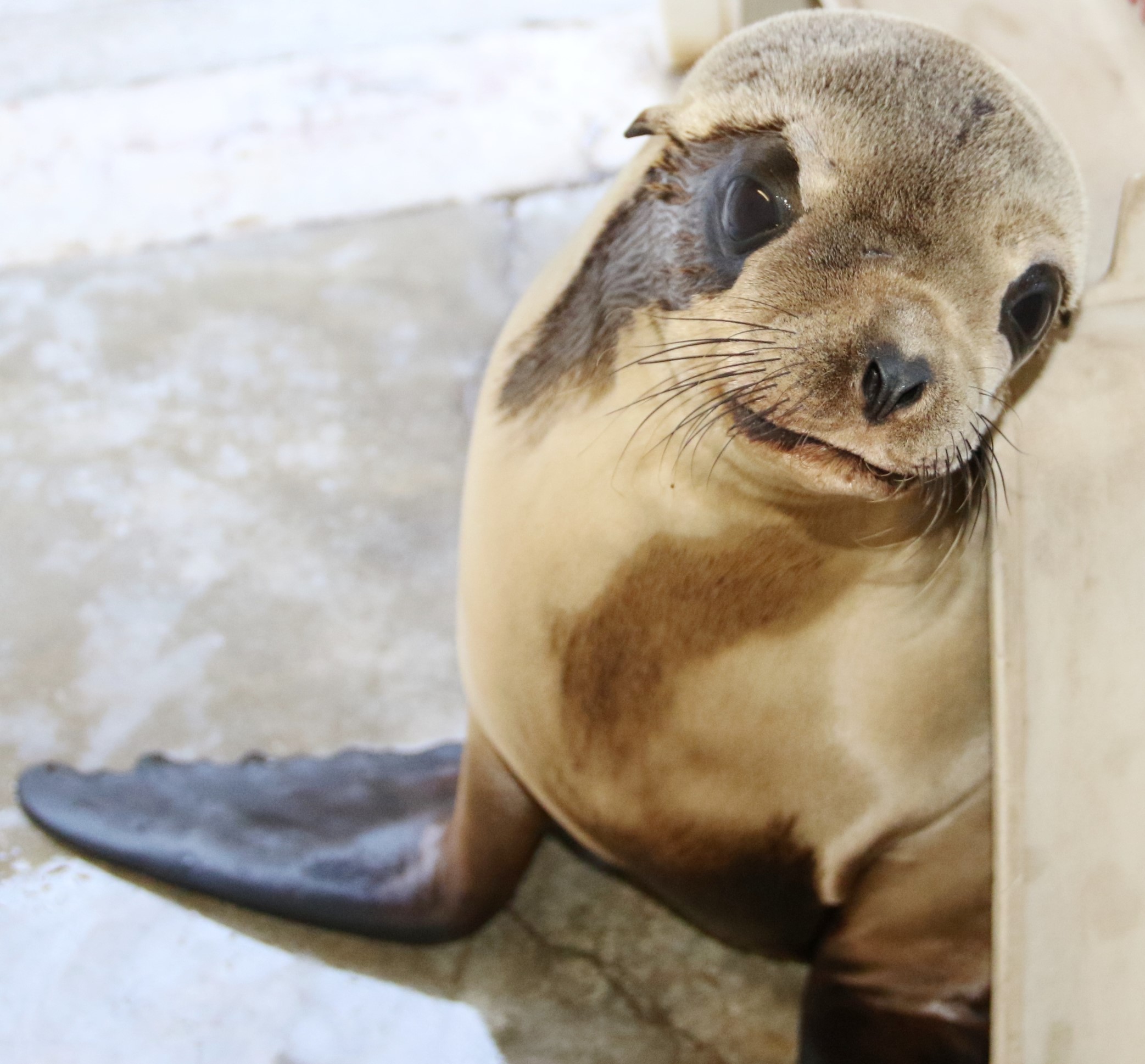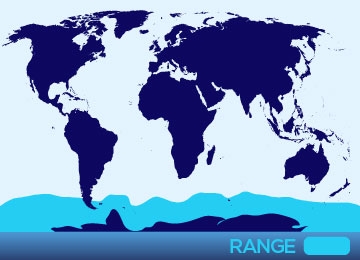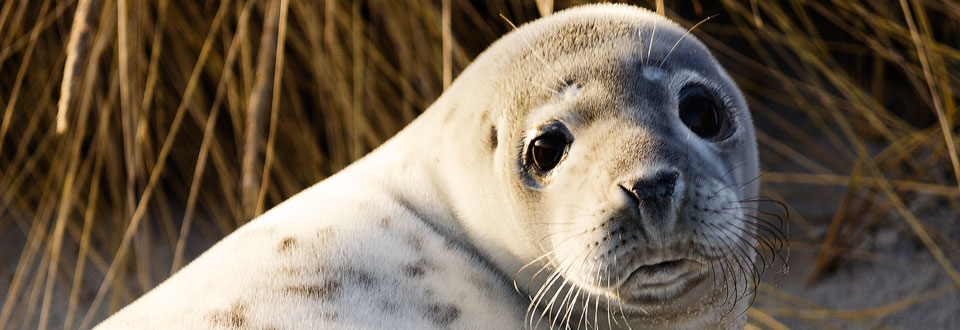
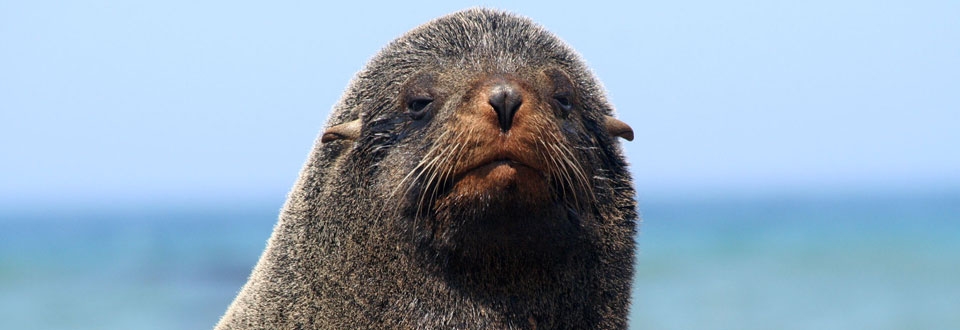
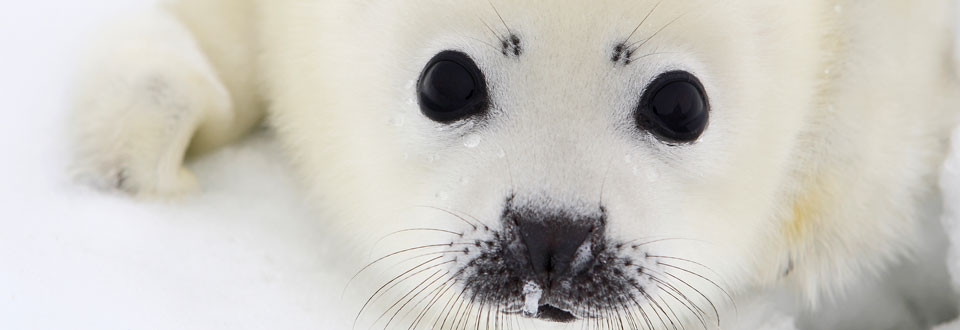
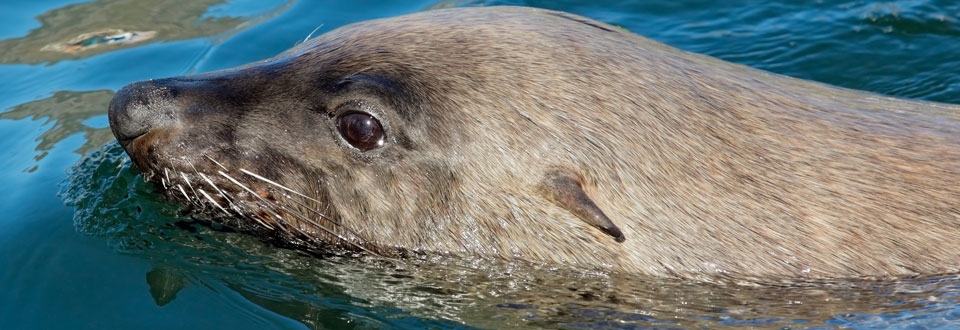
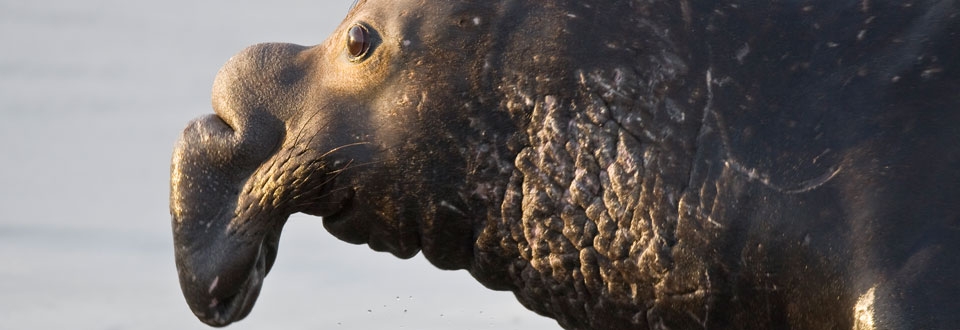
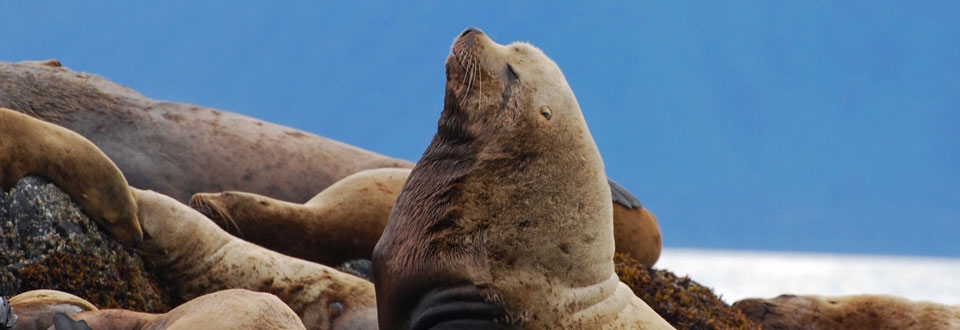
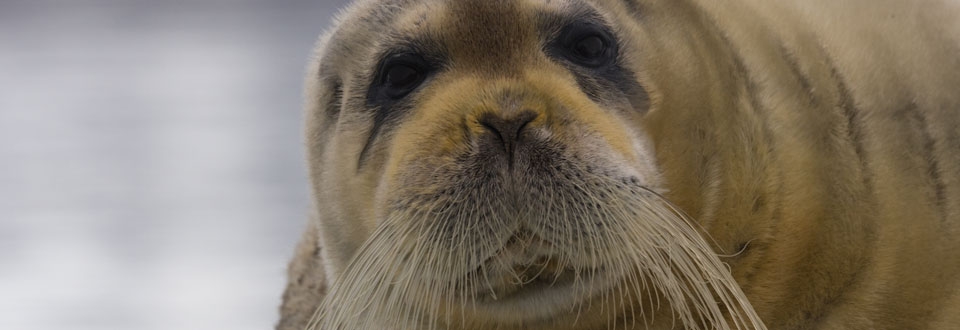
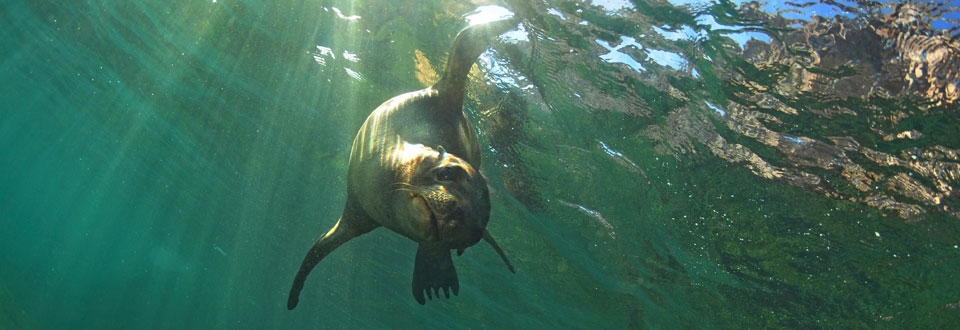
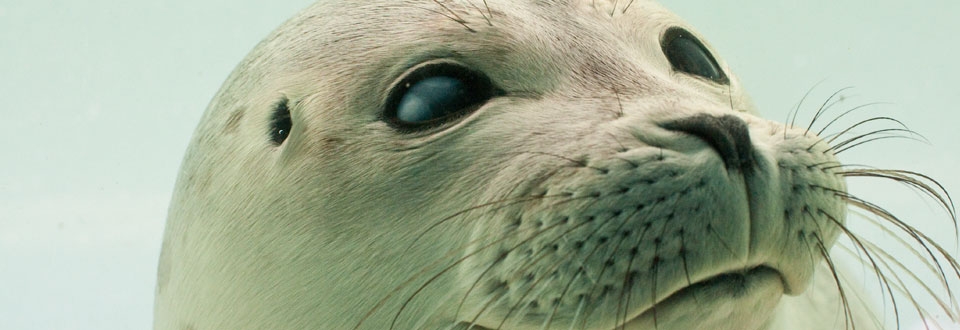
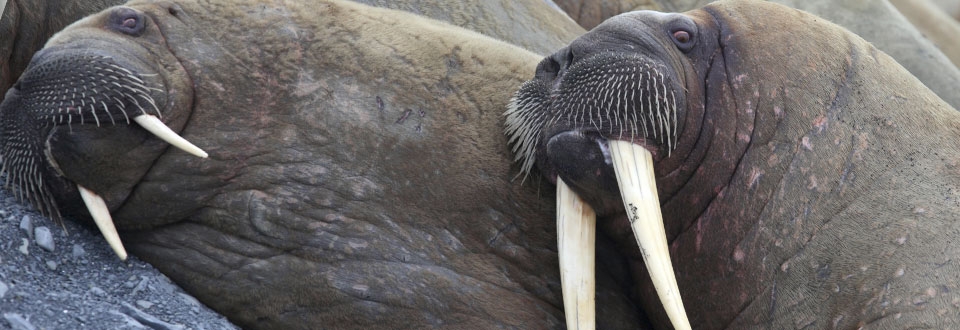
Pinniped Species
All
x
- – No known individuals remaining.
- – Known only to survive in captivity, or as a naturalized population outside its historic range.
- – Extremely high risk of extinction in the wild.
- – High risk of extinction in the wild.
- – High risk of endangerment in the wild.
- – Likely to become endangered in the near future.
- – Lowest risk. Does not qualify for a higher risk category. Widespread and abundant taxa are included in this category.
- – Not enough data to make an assessment of its risk of extinction.
- – Has not yet been evaluated against the criteria.
Crabeater Seal
- – No known individuals remaining.
- – Known only to survive in captivity, or as a naturalized population outside its historic range.
- – Extremely high risk of extinction in the wild.
- – High risk of extinction in the wild.
- – High risk of endangerment in the wild.
- – Likely to become endangered in the near future.
- – Lowest risk. Does not qualify for a higher risk category. Widespread and abundant taxa are included in this category.
- – Not enough data to make an assessment of its risk of extinction.
- – Has not yet been evaluated against the criteria.
7 ft - 8.5 ft
440 lbs - 660 lbs females typically slightly larger.
Crabeater seals live among the Southern Ocean and the surrounding islands. They migrate seasonally depending on pack ice location.
They have a long snout and slender body with coloration fluctuating throughout the year depending on molt. After the molt their back is dark brown and fades into blonde by their bellies.
Unlike their name, they do not primarily feed on crabs. Krill is their primary food source but they also will feed on small fish and other invertebrates.
Crabeater seals are typically solitary animals and live on pack ice and are known for going on long dives and use the holes in the ice that Weddell seals have made to breathe.
The Crabeater seals reproduce in Antarctica on the ice, rather than in water. Like most seals, they breed during the early Spring months from October through December. Crabeater seals reach sexual maturity between 3-4 years. Females are most successful with births after 5 years of age.
The Crabeater seal is one of the most populated species of pinnipeds. All seal hunting is regulated in the Antarctic region, and oil drilling is banned.
Environmental pollution, over-fishing krill and climate change are affecting the oceans quickly and dramatically. The krill may suffer in warmer waters and thick ice cannot be sustained with warmer climates thus threatening the livelihood of the Crabeater seal.
Crabeater seal teeth have are very complex and distinguishable. Each tooth has small bony protuberances with small spaces between them so when they close their jaw they can siphon the water out to strain the krill.




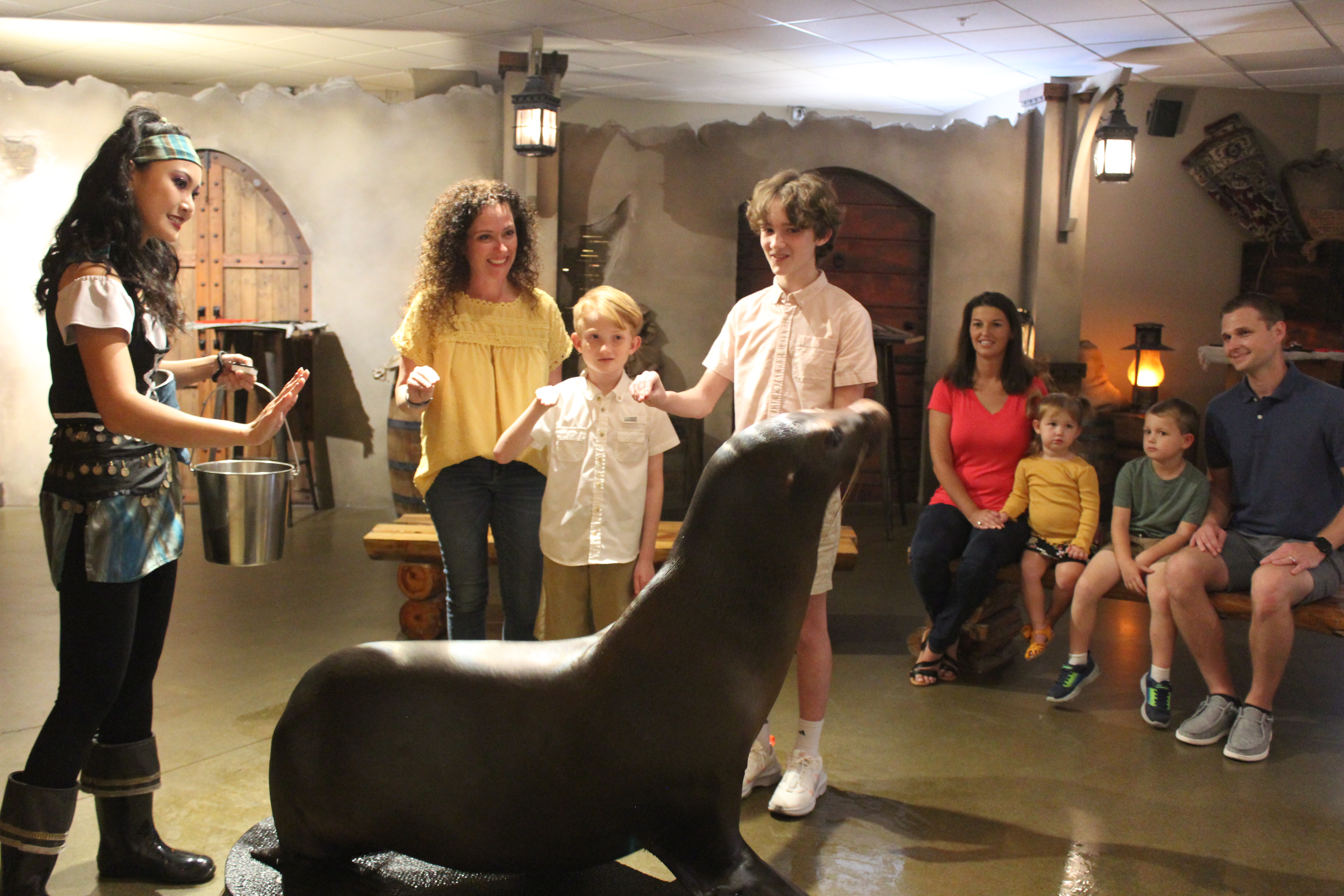 Animal Encounter
Animal Encounter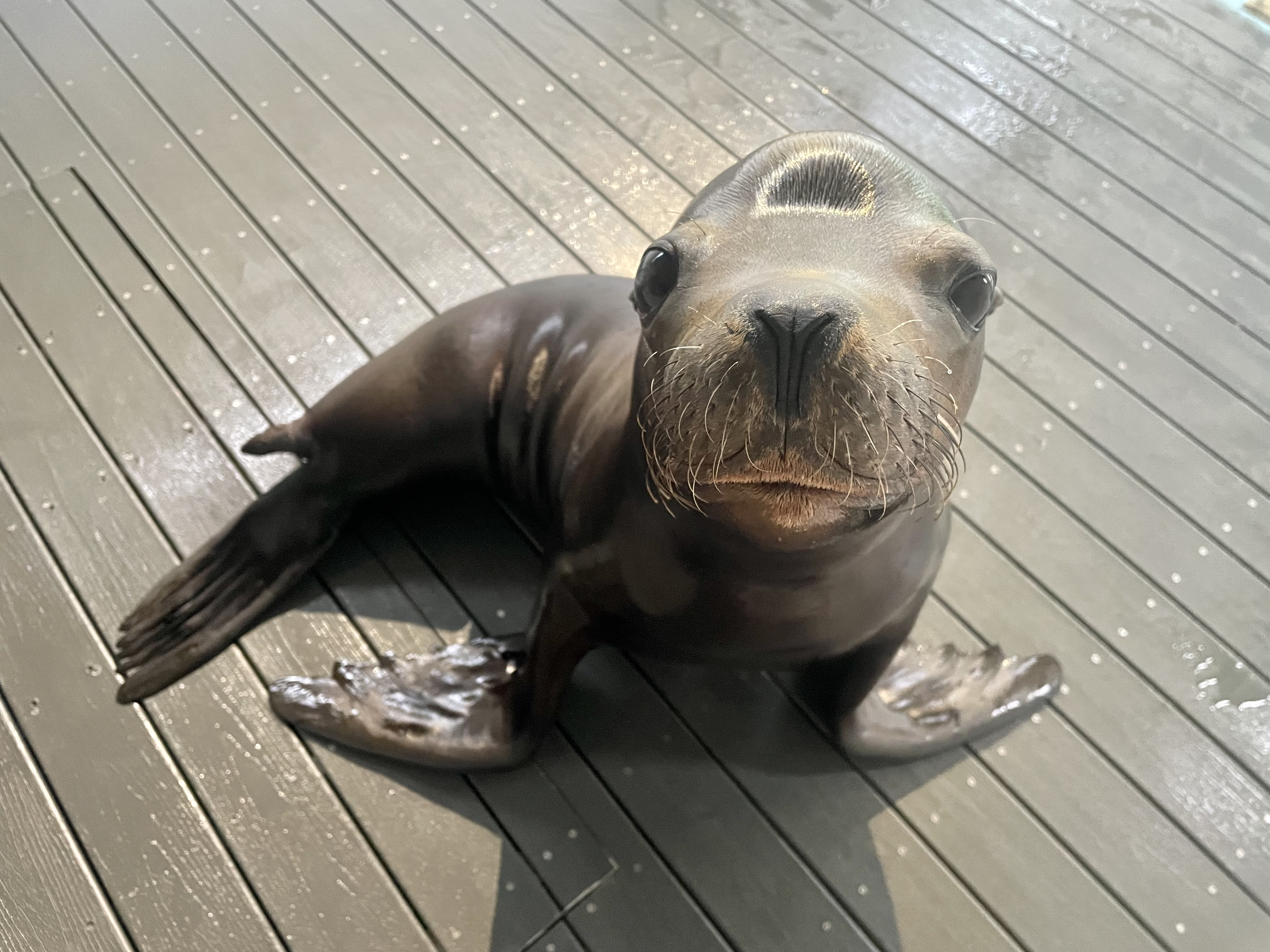 Our Locations
Our Locations
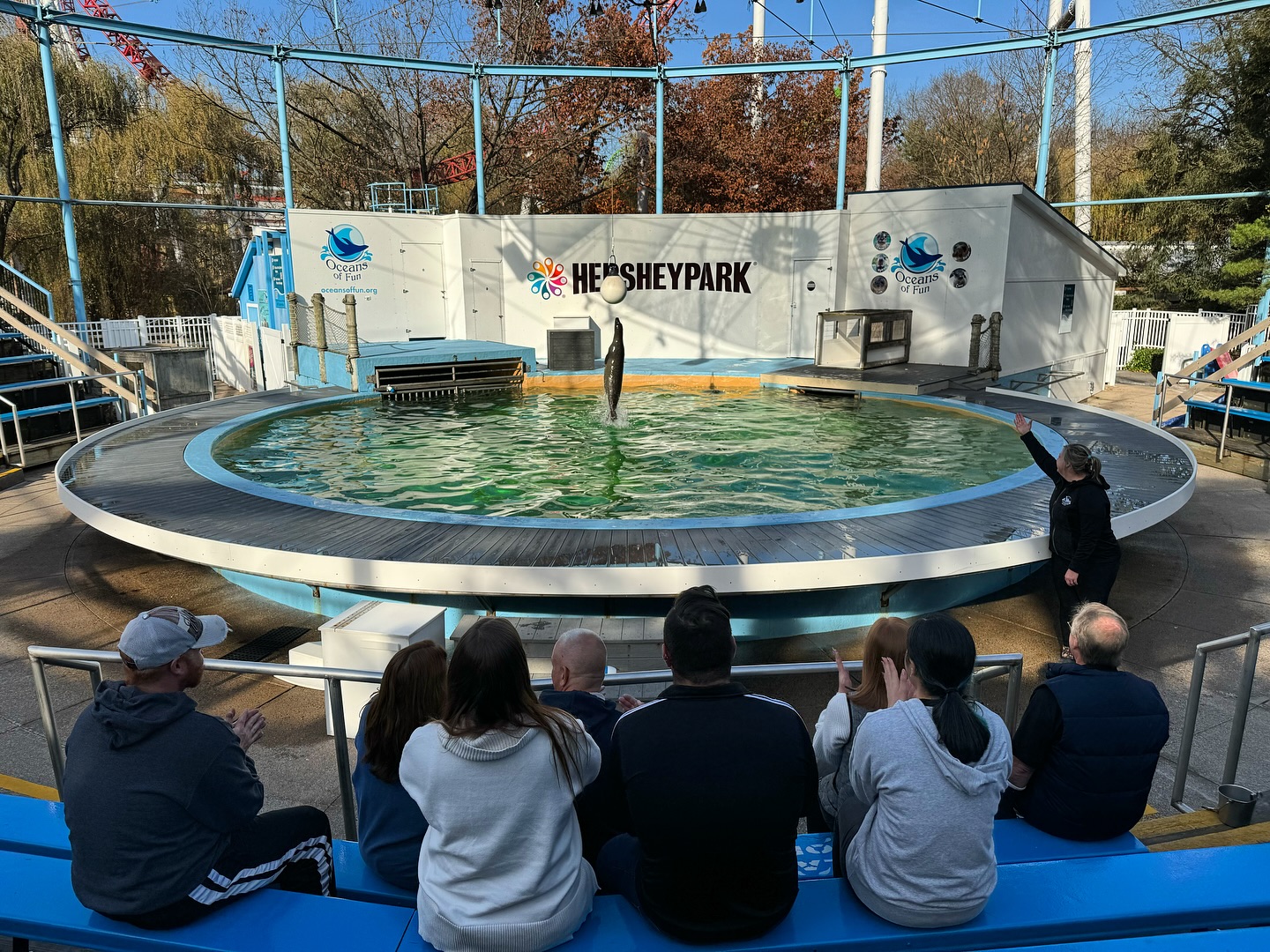 Family Fun
Family Fun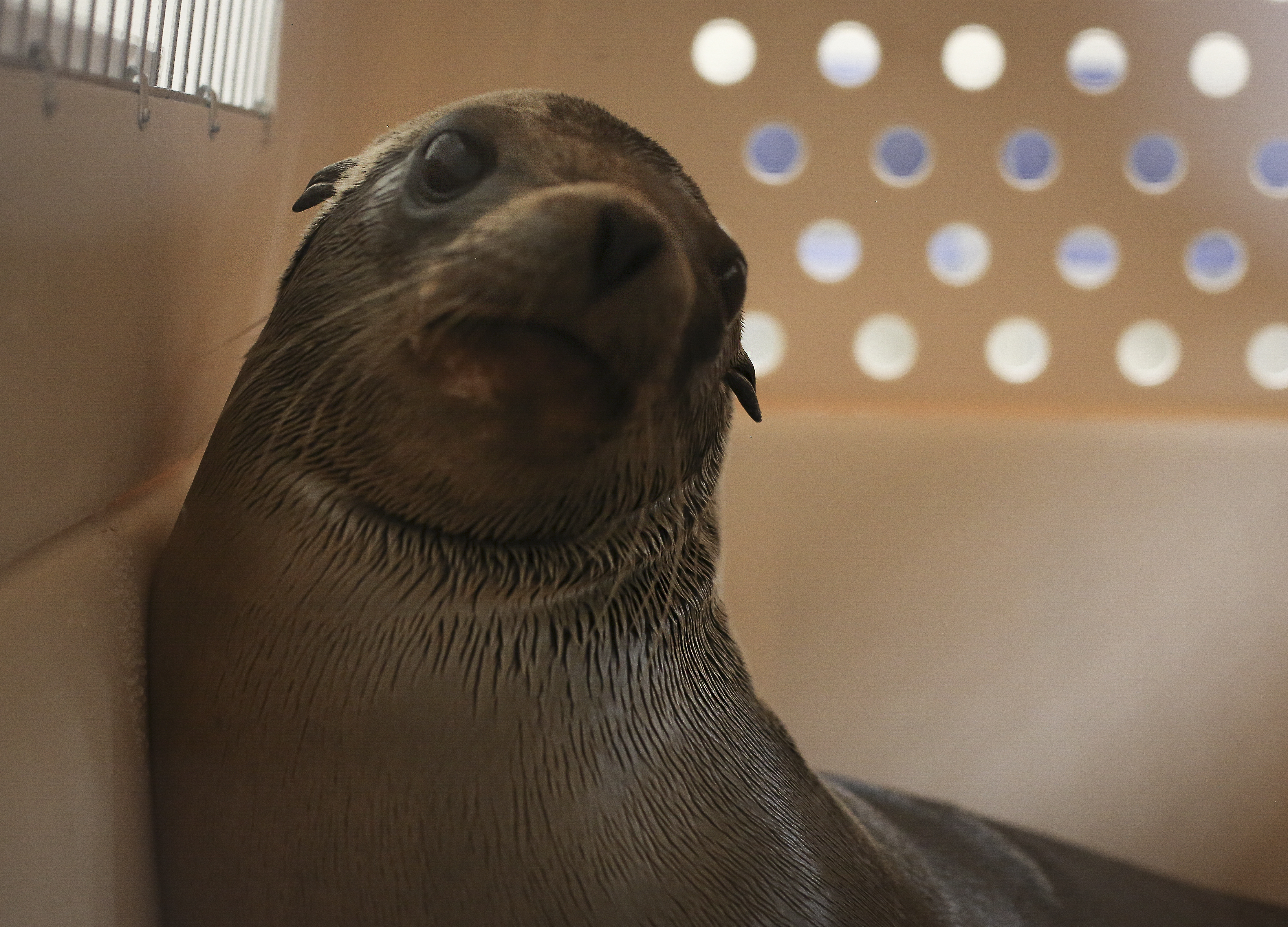
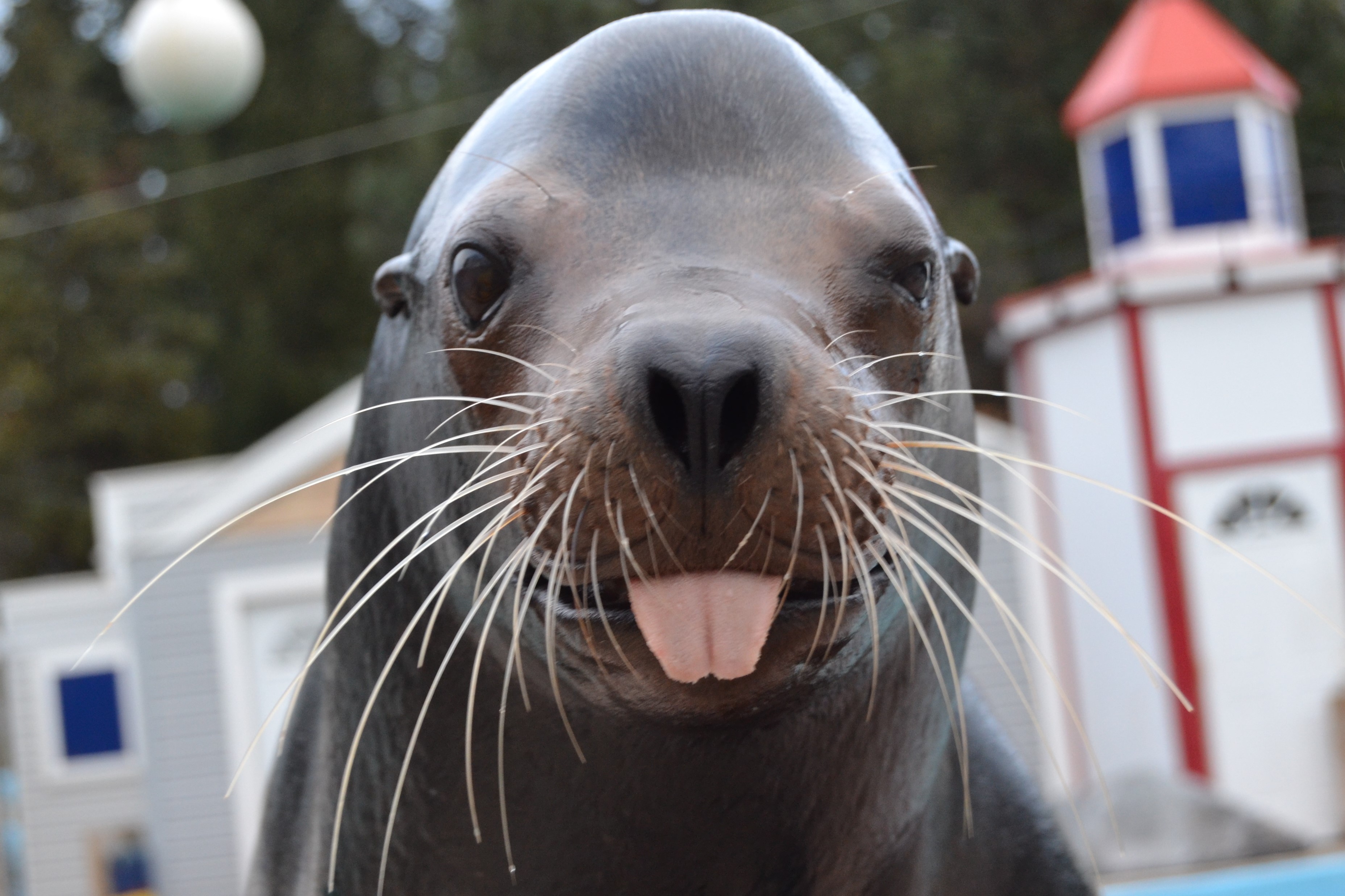
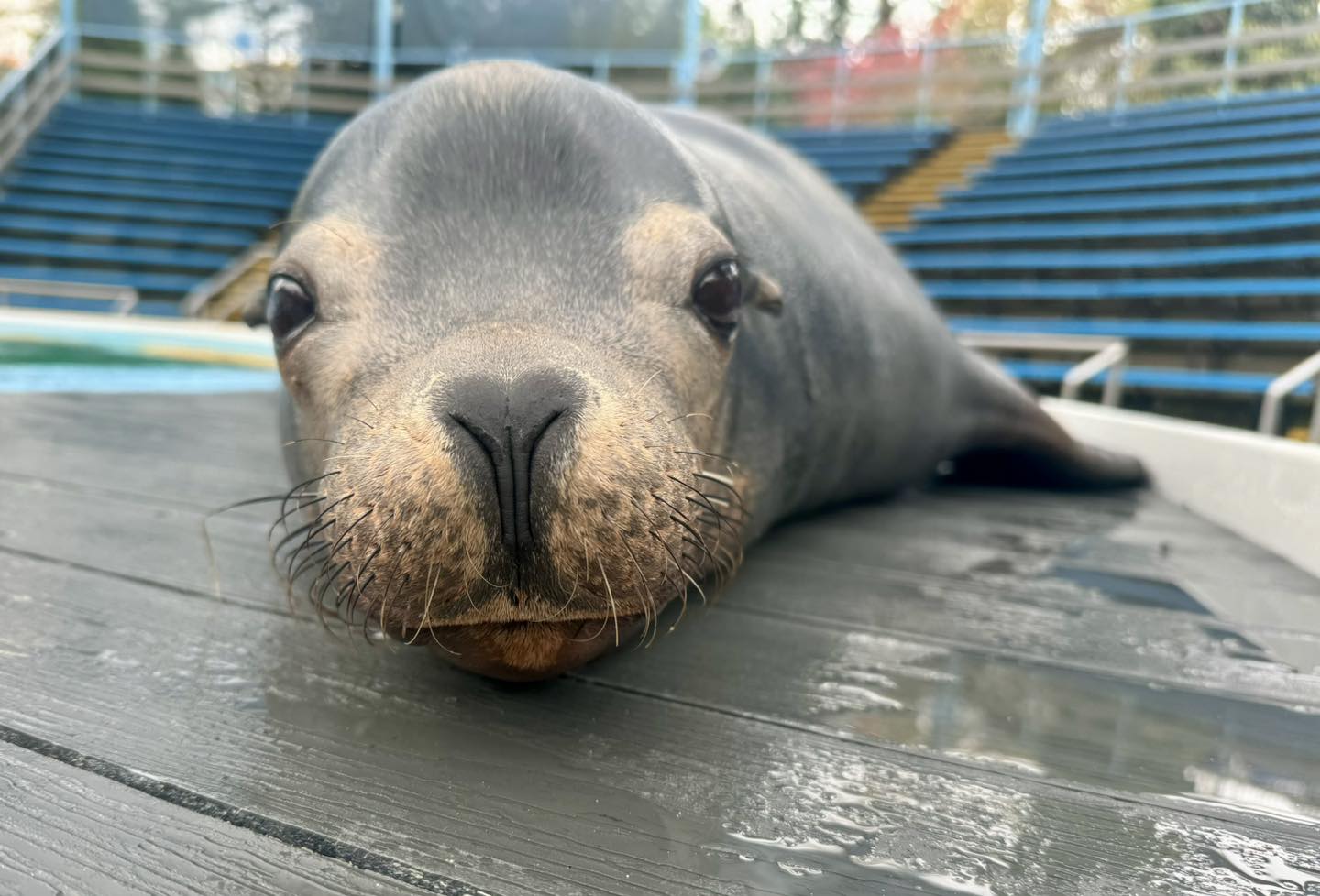 Meet Ripley!
Meet Ripley!

